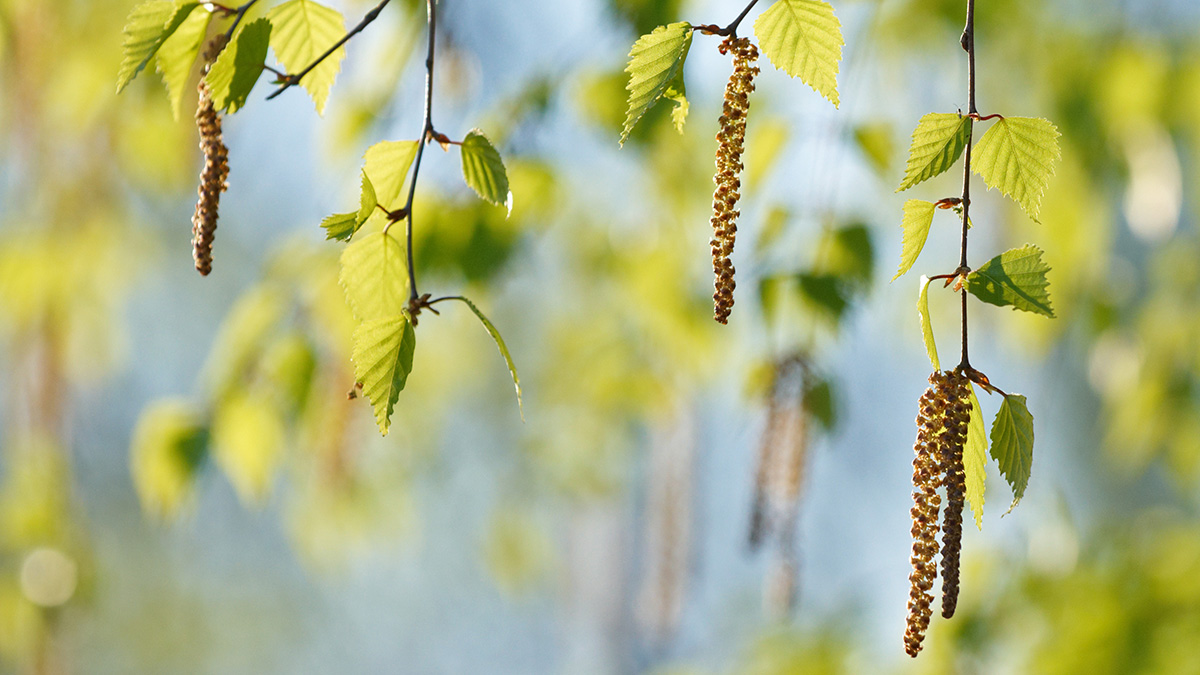Birches are a significant source of atmospheric volatile organic compounds

Even though terpene emissions of boreal coniferous trees have been studied quite intensively, there is less knowledge of the emissions of broadleaved deciduous trees. Birches are the most common deciduous trees in Northern Europe.
In the current study we measured downy birch (Betula pubescens) emissions. Especially emissions of larger and more reactive VOCs (sesquiterpenes and oxygenated sesquiterpenes) were found to be high. The highest emissions were detected during the strongest growth period of the leaves in May and June. These emissions may have significant effects on secondary organic aerosol formation in boreal areas.
Measurements were conducted at Hyytiälä forestry research station of University of Helsinki in Juupajoki, Finland, in 2017 and 2019.
More information:
Head of group Heidi Hellén, heidi.hellen@fmi.fi
Hellén, H., Praplan, A. P., Tykkä, T., Helin, A., Schallhart, S., Schiestl-Aalto, P. P., Bäck, J., and Hakola, H.: Sesquiterpenes and oxygenated sesquiterpenes dominate the VOC (C5–C20) emissions of downy birches, Atmos. Chem. Phys., 21, 8045–8066, 2021.
The scientific article can be read from here: https://doi.org/10.5194/acp-21-8045-2021
